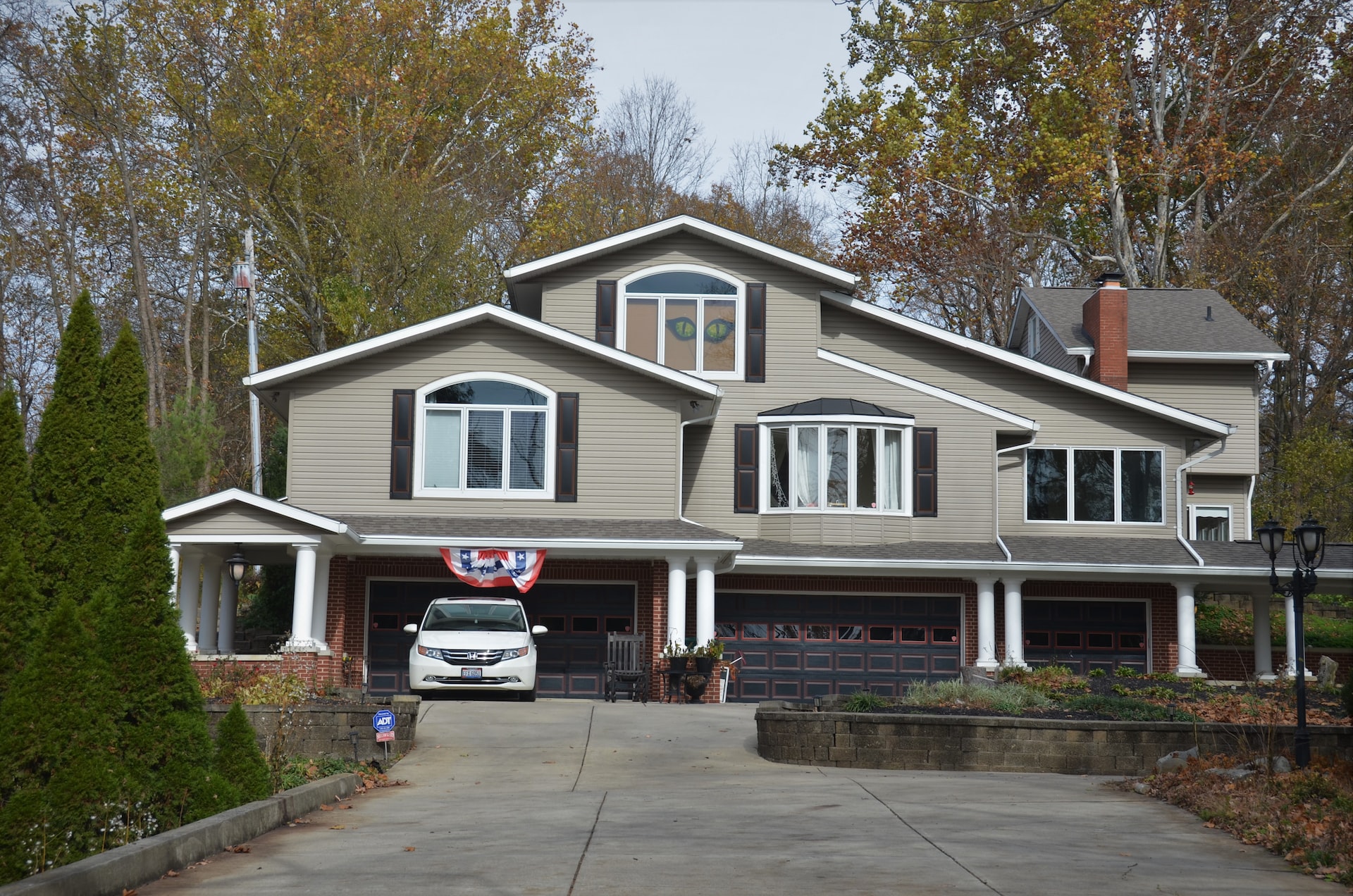
Property
Owning a historic property can be an alluring prospect, offering a unique connection to the past and the opportunity to preserve an essential piece of history. However, it’s essential to acknowledge that with this privilege come significant challenges and considerations. To truly understand the intricacies of owning historic properties, let’s get into the details explained by estate agents in the UK.
1. Maintenance Costs:
Historic properties often exhibit exquisite craftsmanship and architectural details, but their age can lead to increased maintenance expenses. These buildings may require specialised materials and skilled artisans to repair and maintain, which can be more expensive than working with modern construction materials.
2. Regulatory Restrictions:
When owning a historic property, you must navigate various preservation regulations. Historic districts and properties may be subject to strict guidelines and restrictions, limiting modifications or renovations that could alter the building’s historical character. Compliance with these regulations can be time-consuming and may require obtaining approvals from local preservation boards.
3. Historic Designations:
Owning a property with historical significance often comes with specific legal obligations. Depending on the property’s designation, you might be required to maintain its historical integrity, limiting alterations to original features and architectural elements.
4. Preservation Expertise:
Restoring and maintaining a historic property necessitates a specialised skill set. You might need to hire preservation architects, historians, conservators, and craftsmen familiar with historical restoration techniques to ensure the property remains true to its heritage.
5. Accessibility Concerns:
While preserving historical integrity, it’s essential to address accessibility issues for visitors and occupants. Meeting modern accessibility standards may require creative solutions to maintain the property’s character while accommodating everyone.
6. Energy Efficiency:
Historic properties might lack the energy-efficient features commonly found in modern buildings. Inadequate insulation, outdated HVAC systems, and single-pane windows can contribute to higher utility bills. Balancing modern energy-efficiency upgrades with preserving historical authenticity can be challenging.
7. Environmental Hazards:
Asbestos, lead paint, and other hazardous materials were commonly used in older buildings. As an owner, you’re responsible for identifying and appropriately handling these materials during restoration or renovation, complying with environmental regulations.
8. Limited Amenities:
Historic properties might lack the amenities that modern buildings offer, such as open floor plans or large, contemporary bathrooms. Potential buyers should consider how these limitations might impact comfort and daily living.
9. Heritage Tourism:
Owning a historic property of significance can attract heritage tourists and history enthusiasts. While this can be a positive aspect, it also means managing visitor access and finding a balance between preservation and commercial use.
10. Financial Investment:
Restoring and maintaining a historic property is a substantial financial commitment. Owners must carefully budget for ongoing maintenance, unexpected repairs, and potential restoration projects to safeguard the property’s long-term preservation.
11. Community Expectations:
Historic properties often hold sentimental value for local communities and can evoke strong emotions. Community members may have expectations about how the property should be preserved and used, and their opinions can influence local support or opposition to any proposed changes.
12. Changing Zoning Laws:
Zoning laws and regulations can evolve over time, potentially affecting the permitted uses and restrictions on the property. As an owner, you must stay informed about changes in local zoning and preservation ordinances that could impact your property’s value and usage.
13. Architectural Integrity:
Preserving a historic property’s architectural integrity is a delicate balance between maintaining its unique character and making necessary updates for safety and functionality. Owners often face challenging decisions regarding restoration, repair, or replacement of original features.
14. Historic Tax Credits:
Owning a historic property may come with financial incentives, such as tax credits or grants for restoration and preservation efforts. While this can be an advantage, navigating the application process for these incentives can be complex and time-consuming which nullifies it.
15. Public Scrutiny:
Historic properties can draw public attention and scrutiny. How the property is maintained and used becomes a matter of public interest, which could lead to praise or criticism from the community.
16. Unexpected Surprises:
Historic properties may harbour unforeseen issues that only become apparent during renovations or restoration work. Uncovering hidden structural problems or discovering rare historical artefacts can significantly impact project timelines and costs.
Owning a historic property is a privilege and, at the same time, a responsibility. While the journey can be rewarding, it requires careful planning, financial commitment, and a deep appreciation for preserving our collective heritage. By understanding and addressing these challenges and considerations, owners can ensure that these historic treasures continue to stand the test of time for future generations to appreciate and cherish.





